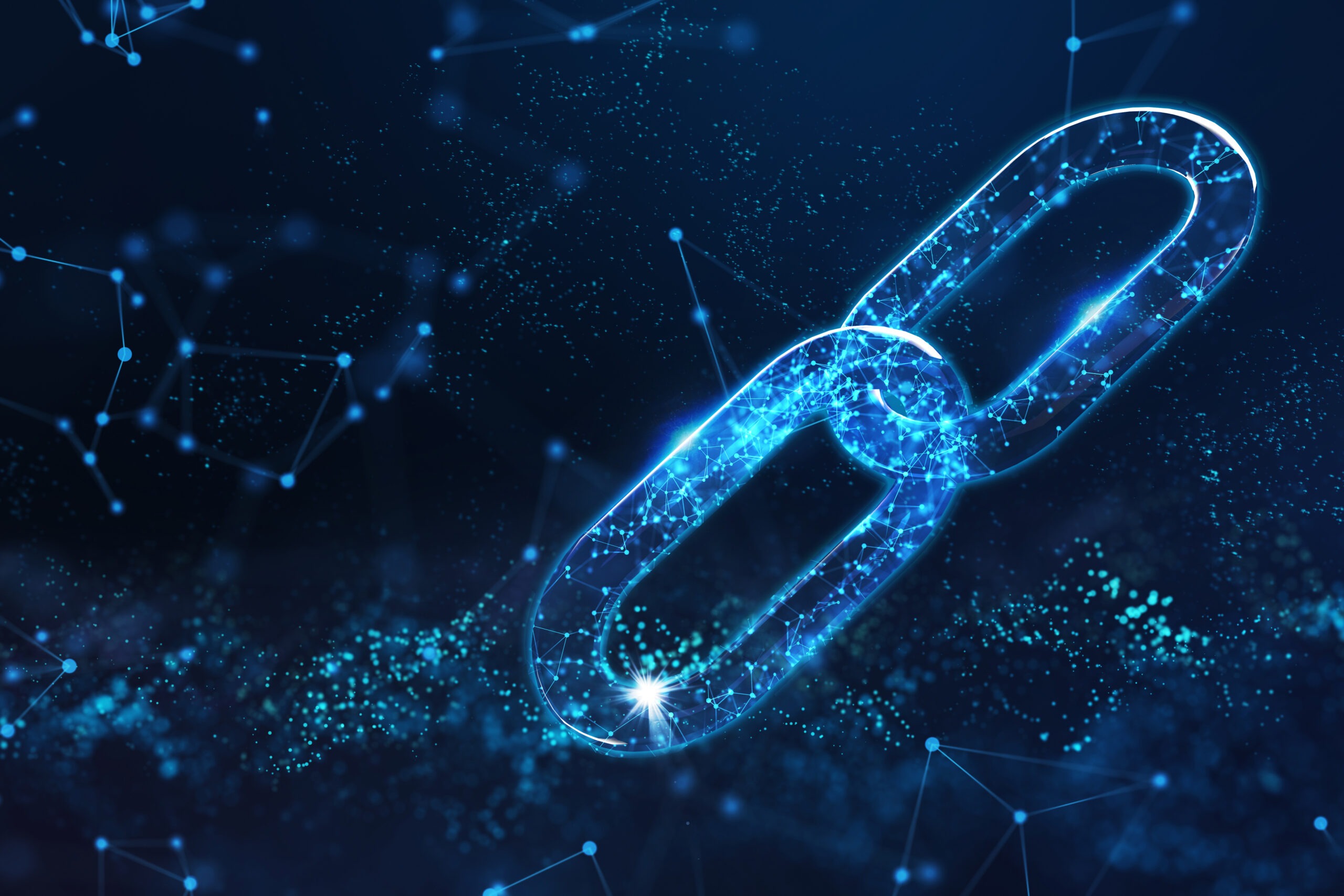(Contributed to by J’Lee Christy)
One day at the office, our Founder and Creative Director, David Eichler, asked our trainees to explain NFTs and why he should care about them. Though everyone was eventually able to collectively come up with a rough definition, it wasn’t an easy road to get the answer. This lack of clarity led David to wonder why a room full of young, well-educated individuals struggled to articulate this concept despite the frequent discussions surrounding cryptocurrency and NFTs in the media. Hopefully, after reading this breakdown, you’ll be able to answer the “what” and “why” of NFTs when your friend asks at your next coffee date.
What Is an NFT?
NFT stands for “non-fungible token.” “Non-fungible” means it is unique and irreplaceable. Think of it like a rare baseball card or a painting in a museum. They can be one of a kind or in a collection where there may only be 50 authentic pieces available. NFTs can be anything digital like art, photos, music and even tweets! Twitter CEO, Jack Dorsey, sold his first tweet as an NFT for over 2.9 million dollars in March 2021.
NFTs exist on a cryptocurrency blockchain which is – in its simplest form – a digital paper trail. A blockchain is a string of encrypted sets of data that tracks the transactional history of the NFT. This blockchain documents ownership and authenticity if it were to be sold or traded to someone else.
You might be thinking, “Why would I spend money on an NFT of a digital art piece if I can just download a copy onto my computer?” The short answer is it’s for bragging rights; you can say and prove you own the original work. You could get a print of the Mona Lisa at the museum gift shop, but you can’t say you own the original Mona Lisa painting.
What’s the point? / Why Is It important?
The current buzz surrounding NFTs is that some are calling it the evolution of fine art collecting. Buying an NFT from your favorite artist is one way to support their work. Some buy rare NFTs in hopes the value will increase over time and sell for more.
Because NFTs are still up and coming, it’s a great time to get in on the ground floor before it becomes too saturated. It isn’t just the arts that are mobilizing in the cryptocurrency space. Brands from all different industries are hopping on the NFT train to try and get a piece of the pie. Coca-Cola, the National Basketball League, The South China Morning Post, E.l.f. Cosmetics and many more have already sold exclusive branded NFTs.
Why Is It So Hard To Articulate the Definition of NFT?
Defining and articulating the importance of NFTs is so tricky because there are several layers of cryptocurrency jargon you must define before you can emphasize its significance. If you told someone who knew nothing about NFTs that it is a non-fungible token representing a digital file stored on a blockchain, they would look at you like you just spoke to them in a foreign language.
Although NFTs and cryptocurrency are increasingly entering the cultural conversation, they are still new concepts that haven’t hit the mainstream yet. Time will tell if these become the future of art collecting, but there needs to be a simplified explanation to aid the public’s comprehension.
Tyler Rathjen
Tyler Rathjen is a partner in Decibel Blue, where he leads some of its highest-profile lifestyle clients. Whether developing strategic marketing plans, establishing creative programs, or managing digital, advertising, social media, influencer and branding projects, Tyler has a wealth of communications expertise. Tyler began his career with Decibel Blue in 2006 and has since overseen the launch of more than 120 franchises across the nation, including 80 Dunkin’ Donuts stores.
Comments are closed.






